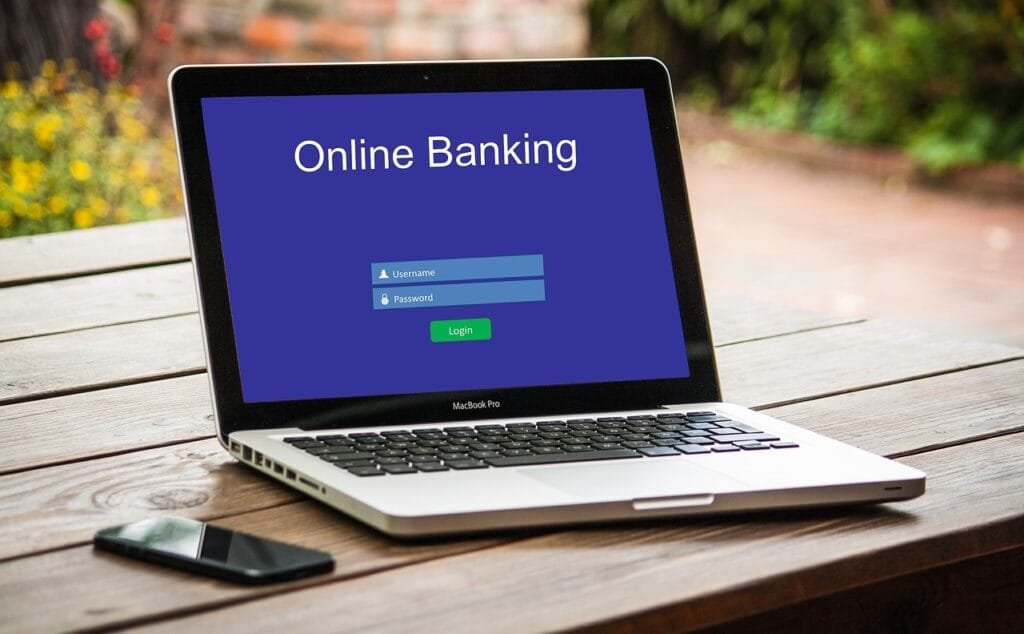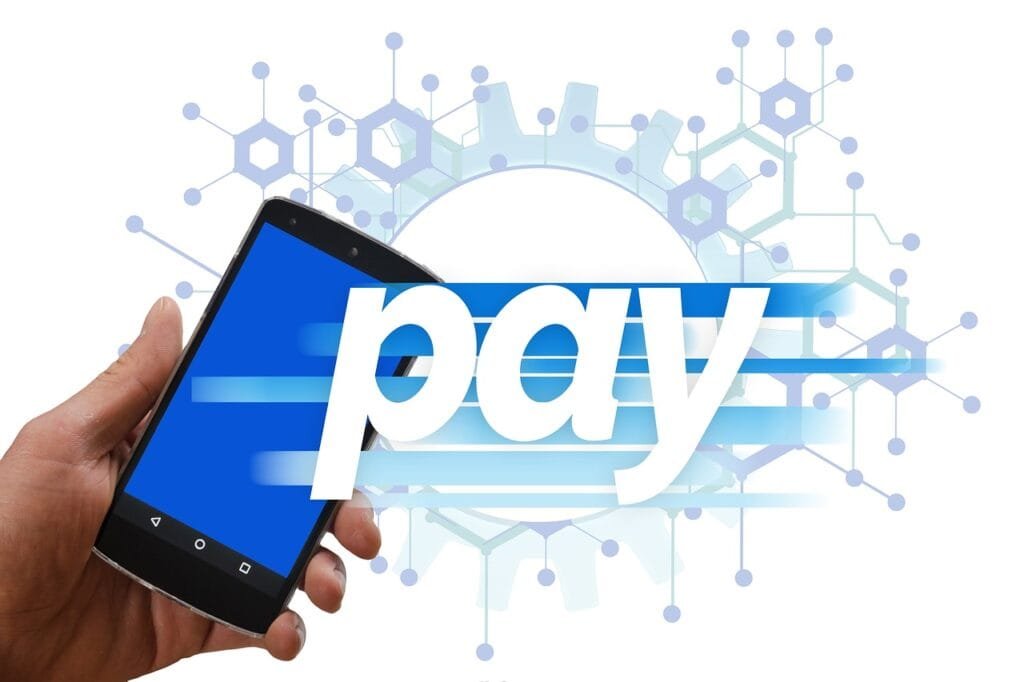Introduction to Digital Banking

Digital banking has revolutionized the personal finance sector, offering a myriad of online banking services, mobile banking apps, and other digital financial tools that have redefined the way individuals manage their finances. At its core, digital banking encompasses the use of technology to deliver essential banking services through Internet platforms and mobile devices, thus ensuring hassle-free access and convenience for users. This post will mainly talk about How Digital Banking is Redefining Personal Finance.
With the ever-increasing adoption of smartphones and widespread internet access, the appeal of digital banking continues to grow exponentially. It allows users to perform various banking activities such as checking account balances, transferring funds, paying bills, and even applying for loans without the need to visit a physical bank branch. This shift not only saves time but also provides the flexibility to manage finances on the go, catering to the fast-paced lifestyle of modern consumers.
The transformation of traditional banking through digital banking platforms brings numerous advantages. Enhanced by intuitive user interfaces and secure authentication methods, these platforms offer an improved user experience characterized by ease of use and quick connectivity. Additionally, digital banking provides sophisticated financial management tools such as budgeting apps, expense trackers, and personalized financial advice, which empower individuals to have better control over their personal finance.
Moreover, the rise of digital banking has led to increased competition among financial institutions, driving innovation and the development of more advanced features to meet consumer demands. Banks are progressively integrating artificial intelligence and machine learning into their digital services to offer tailored solutions for clients, thereby further enhancing the personal finance management experience.
In summary, digital banking is not merely an alternative to traditional banking; it is an advancement that significantly enhances the accessibility and efficiency of banking services. As more consumers embrace these digital solutions, the landscape of personal finance continues to evolve, making financial management more approachable and effective for individuals across the globe.
Advantages of Digital Banking for Personal Finance

Digital banking has revolutionized personal finance by offering a plethora of benefits that traditional banking simply cannot match. One of the primary advantages is the unparalleled 24/7 access to bank accounts. This constant access enables users to manage their finances anywhere and at any time, providing a level of convenience that significantly enhances financial planning and literacy.
The ease of transactions is another notable benefit. With digital banking, customers can effortlessly transfer funds, make online bill payments, and even split restaurant bills with friends, all through a few taps on their smartphones. The swift nature of these transactions not only saves time but also increases the efficiency of managing day-to-day financial activities.
Budgeting tools embedded in digital banking platforms are instrumental in helping users manage and plan their finances better. Many digital banks offer tools that track spending, categorize expenses, and generate insightful reports which can be crucial in identifying areas of overspending and opportunities for savings. Real-time financial tracking is another powerful feature, allowing users to stay updated with their financial status and make informed decisions quickly.
Additionally, digital platforms often provide automated savings options that enable users to set aside a portion of their income effortlessly, fostering better savings habits. Some digital banks offer investment options where users can easily invest in stocks, bonds, or mutual funds, helping grow their wealth with minimal effort. Moreover, personalized financial advice is increasingly available through artificial intelligence and machine learning algorithms, offering suggestions tailored to individual financial goals and behaviors.
From a cost perspective, digital banking is generally more economical for both banks and consumers. Reduced overhead costs for banks often translate into lower fees for customers, and sometimes even higher interest rates on savings accounts. These efficiencies collectively enhance the user experience, making financial management more seamless and cost-effective.
Overall, the advantages of digital banking extend far beyond mere convenience. By making financial services more accessible, transparent, and personalized, digital banking significantly improves the way individuals manage their personal finances. The dynamic and evolving nature of digital banking continues to redefine what individuals can achieve in their financial journeys, empowering more informed and efficient financial decisions.
Security and Privacy Concerns in Digital Banking

The evolution of digital banking has revolutionized personal finance management by offering unparalleled convenience. However, it also comes with significant security and privacy concerns that must be addressed to ensure consumer trust and safety. Digital banking platforms employ robust measures to protect user data, including encryption, multi-factor authentication (MFA), and secure sockets layer (SSL) technology. Encryption ensures that sensitive information such as account details and transaction histories are converted into codes, thus preventing unauthorized access. MFA adds an additional layer of security by requiring users to verify their identities through two or more steps, significantly mitigating the risk of unauthorized access.
Despite these safeguards, data breaches, identity theft, and phishing scams remain prevalent threats in the world of digital banking. Data breaches can expose vast amounts of personal information, potentially leading to financial loss and identity theft. Phishing scams, where fraudulent communications attempt to trick individuals into divulging personal information, are increasingly sophisticated and can compromise digital banking security.
Individuals also play a critical role in safeguarding their personal information. Regularly updating passwords and employing strong, unique passwords for various accounts can greatly reduce vulnerabilities. It is equally important to monitor account activity closely for any unauthorized transactions or suspicious activities. Familiarizing oneself with the bank’s privacy policies and understanding how personal data is used and protected can further enhance security. Digital banking platforms typically offer tools and alerts that users can activate to help monitor and secure their accounts.
While these concerns are valid, ongoing advancements in cybersecurity are continually enhancing the safety of digital banking. Financial institutions are investing in cutting-edge technologies and practices to stay ahead of potential threats. By remaining vigilant and adopting recommended security practices, individuals and banks can work together to create a safer digital banking environment.
The Future of Personal Finance with Digital Banking

The future landscape of personal finance is poised for a profound transformation, largely driven by the continuous evolution and adoption of digital banking innovations. Emerging technologies such as artificial intelligence (AI), machine learning, blockchain, and financial technology (FinTech) startups are expected to redefine the paradigms of financial management and service delivery.
One of the key trends in this domain is the increasing implementation of AI and machine learning to offer more personalized and sophisticated financial services. AI-driven chatbots and virtual financial advisors are providing real-time, tailored advice to users, helping them make more informed financial decisions. Machine learning algorithms are identifying spending patterns, predicting future financial needs, and suggesting customized savings plans, thereby enhancing the efficacy of personal finance management.
Blockchain technology, known for its robust security features, is revolutionizing how transactions are authenticated and recorded. Its decentralized nature ensures higher levels of security and transparency, reducing the risk of fraud and enhancing trust in digital banking systems. This is particularly beneficial for automating and securing complex financial transactions, potentially transforming the way people conduct and manage their finances.
FinTech startups continue to contribute significantly to the personal finance ecosystem by introducing innovative solutions tailored to meet diverse customer needs. These startups are leveraging technology to offer features such as peer-to-peer lending, robo-advisory, and mobile-first banking services that provide more accessible and user-friendly financial options, particularly for underserved populations. As a result, financial inclusion is expected to improve, making banking services more accessible to a broader demographic.
While traditional banks are adapting to these technological advancements, their role is also evolving. By embracing digital banking tools and collaborating with FinTech companies, they are enhancing their service offerings and improving customer experiences. The amalgamation of traditional banking practices with modern technology ensures a seamless transition for customers while maintaining reliability and trust.
Looking ahead, the continued evolution of digital banking holds tremendous promise for personal finance management. As technology continues to advance, individuals will benefit from more intuitive, secure, and inclusive financial services. Digital banking is not only reshaping personal finance but also paving the way for more efficient and effective financial management practices, ensuring a positive impact on individuals’ financial health and wellbeing.



